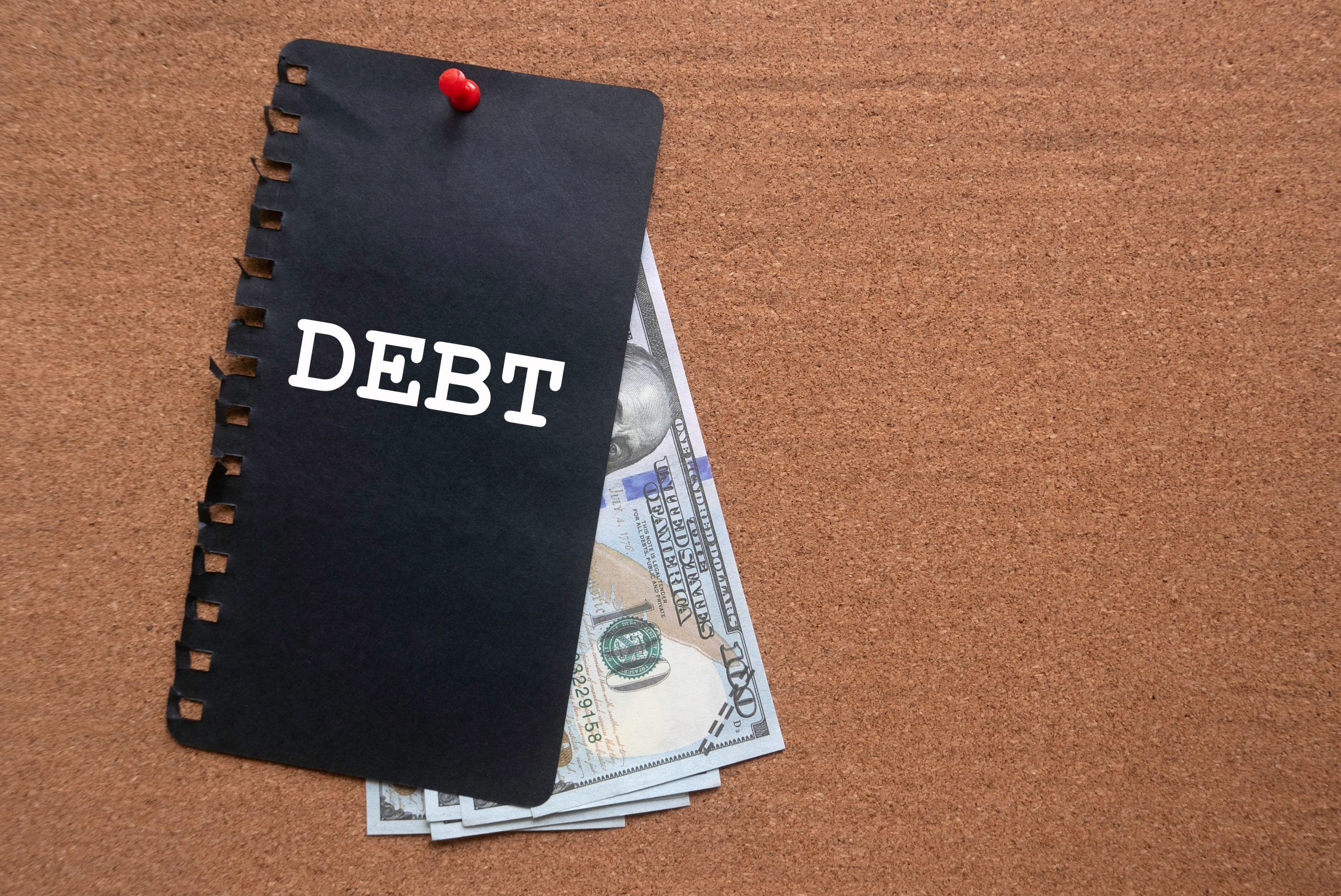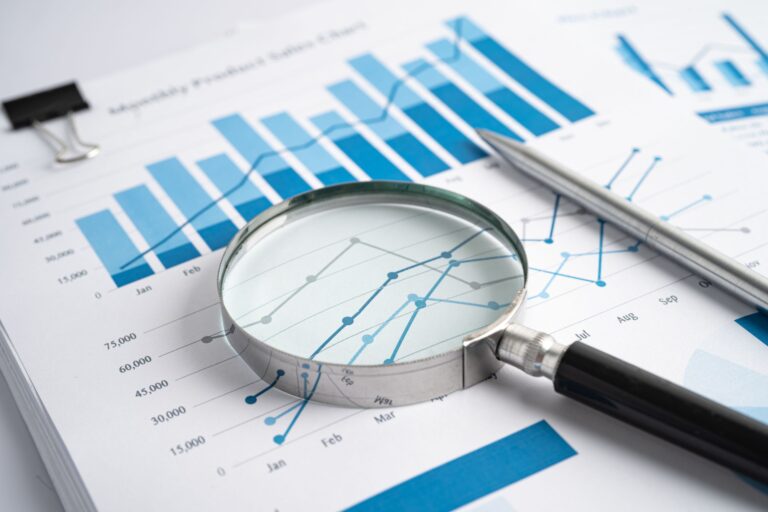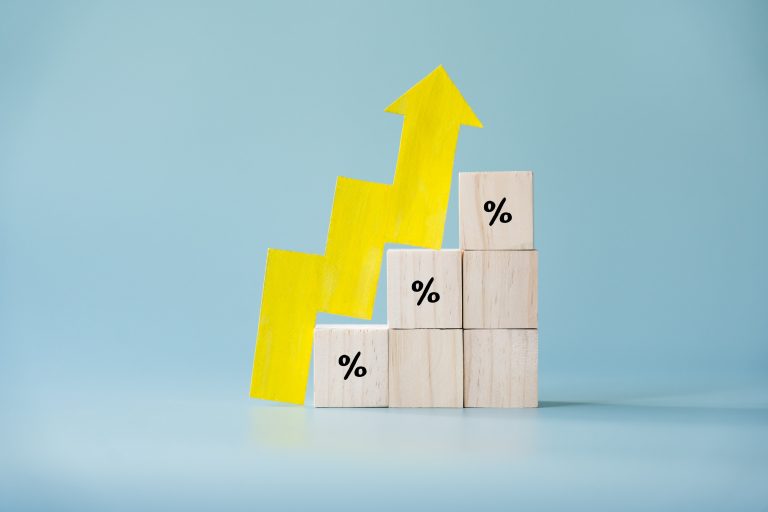
Can’t seem to get your debts paid off? You’re not by yourself. There is a way out for millions of people across the country. You can get out of debt faster than you think if you make a plan, stick to it, and be disciplined. Here is a three-step plan that will help you get out of debt and start building a better financial future.
Step 1: Take Stock of Your Monthly Expenses and Income
The first thing you should do to get out of debt is to make a list of your regular income and spending. This will make it easy for you to see how much money you make and spend each month. When you figure out how much you spend each month, you should include all of your regular costs, like car payments, school loans, credit card bills, utilities, and rent or mortgage payments. Also think about any other costs, like food, petrol for your car, and fun things to do.
Now, take a look at your sources of income, such as your job pay and any other sources of income, like stocks or rental homes. You can start making a plan to pay off your debt faster once you have a good idea of how much money comes in and goes out each month.
Calculate Your Total Monthly Payment
To pay off your debt, the next thing you need to do is figure out how much you have to pay each month. To do this, you will need to add up all of your debt payments, such as those for personal loans, credit cards, and any other kinds of debt. After adding up all of your payments, divide the total by the amount of money you make each month. There will be a number shown that shows how much of your income is going towards your debt every month.
If the number is more than 20%, you might want to think about combining or exchanging some of your high-interest bills to lower your total payments. It will be easier for you to pay off what you owe if you have a lower payment and fewer bills.
Identify High-Interest Debts
A big part of getting out of debt is figuring out which bills have the highest interest rates. This means you should check the interest rates on all of your bills, like credit cards, school loans, and other types of debt. Many people find that their highest interest rates are on their credit cards and that these should be addressed first. The higher the interest rate on a loan or credit card balance, the more money you pay in interest over time. Therefore, it pays to focus on those debts with the highest interest rates in order to reduce the amount you pay overall.
Once you have identified your high-interest debts, make sure to pay more than the minimum payment each month. Paying more than the minimum will help reduce your total debt faster. Additionally, consider if you have any extra cash available that can be used towards reducing your debt further, such as from a tax refund or an emergency fund. If so, prioritize using this money to pay off any high-interest debts as soon as possible.
Finally, consider consolidating some of your higher-interest debts into one low-interest loan or payment plan. This can help simplify payments and lower monthly expenses overall. Ultimately, taking steps to identify and address your high-interest debts is essential for a successful 3-step plan to paying off what you owe quickly and efficiently.
Determine Your Financial Goals
Determining your financial goals is an important step in developing a plan to pay off debt. Taking the time to identify what you want to achieve with your money can help keep you motivated and focused as you work towards paying off your debt. Start by making a list of short-term and long-term financial goals that you would like to achieve. This could include things like creating an emergency fund, saving for retirement, or purchasing a house.
After writing down your financial goals, create a timeline for when you plan on achieving them. Having a plan with specific timelines can be beneficial in helping stay on track and motivated throughout the process of paying off debt. Additionally, evaluating any changes that may need to be made in order to reach these goals is also important. For example, if one of your financial goals is saving for retirement, consider setting up automatic payments into a savings account each month so that your payments are consistent.
Creating financial goals and timelines will help guide you through the process of paying off debt while also keeping you focused on other important areas of finance. Achieving both short-term and long-term financial goals can help create peace of mind and security during this period of time as well as provide motivation for staying on track with your monthly debt payments.

Create an Emergency Fund
Creating an emergency fund is essential for managing unexpected financial expenses. Having a safety net of funds can help make sure that you are able to cover any necessary costs without having to rely on debt. To get started, identify how much money you will need in your emergency fund and divide it into monthly payments. This amount should be enough to cover at least three months of living expenses, such as rent or mortgage payments, utilities, food, transportation costs and other essentials.
Once you have determined the amount needed for your emergency fund, start setting aside a portion of your income each month towards it. You may also consider taking advantage of extra cash sources such as tax refunds or bonuses to add to your emergency fund. Additionally, there are various saving accounts available that offer higher interest rates so that you can maximize the growth potential of your funds while still having easy access when needed.
Having an emergency fund in place can help provide peace of mind knowing that you have money saved in case an unforeseen expense arises. By taking the time now to set aside money each month for this purpose, you will be better prepared for any financial surprises in the future.
Make Extra Payments If Possible
Making extra payments towards your debt can help you pay off your debt faster and save money on interest in the long run. If you do have the resources to make additional payments, there are several methods available for paying down your debt.
One option is the snowball method, where you pay off smaller debts first in order to free up additional funds for larger debts. Alternatively, the debt avalanche method focuses on paying off higher-interest debts first to maximize savings. Additionally, if you have multiple loans with different loan terms, consider making extra payments towards those with shorter terms and lower interest rates in order to reduce your overall debt sooner.
If you decide to make extra payments, keep in mind that most lenders require a minimum payment of at least 1% of the balance each month. Therefore, be sure to always meet this requirement before making any additional payments or else it may be applied as a late fee instead of going towards your balance.
Making extra payments when possible can help reduce your outstanding debt over time and get you closer to achieving your financial goals sooner than expected. That being said, it’s important to also take into account other monthly expenses and prioritize those accordingly when determining how much extra money should go towards your debt each month.
Step 2: Develop a Debt Repayment Strategy
Developing a debt repayment strategy is an essential step to paying off your debt. This involves creating a plan for how much you’ll pay each month, who you’ll pay, and what type of debt you’re prioritizing.
The first step in developing a debt repayment strategy is to make a list of all your debts, including the interest rate, minimum payment, and total balance. This will help you determine which debts have the highest priority and should be paid off first. Once you know what kind of debt you’re dealing with (e.g., credit cards, student loans, personal loans), it’s time to figure out how much money you can afford to put towards your monthly payments. Consider both your income and any other expenses when making this calculation so that you don’t end up with more debt due to missed payments or late fees.
Once you have an idea of how much money will go towards each debt every month, consider different strategies such as the snowball method or the avalanche method mentioned above to decide which debts should be paid off first. Then set up automatic payments if possible so that they are taken care of each month on time without having to remember them yourself.
By taking the time to create a detailed plan for repaying your debts, it will be easier for you to stay on track and achieve success in paying off your debts over time.
Snowball Method vs. Avalanche Method
The Snowball Method and the Avalanche Method are two popular strategies used to pay off debt. The Snowball Method is a strategy where you prioritize paying off your smallest debts first, regardless of interest rate, while the Avalanche Method prioritizes highest-interest debts first. Both methods can be useful for managing debt, but which one is right for you?
The Snowball Method works best if you’re motivated by small successes and want to see tangible results quickly. Paying off smaller loans or balances first gives you a sense of accomplishment that can keep you motivated to continue making payments. It also helps build credit faster since it reduces the number of open accounts on your credit report.
The Avalanche Method works best if you have multiple high-interest debts and want to save money in interest payments in the long run. Paying off your highest-interest debt first means that more of each payment goes towards principal instead of interest charges, which will reduce the total amount you pay over time. This method helps reduce total debt more quickly than the Snowball Method, but it may be less motivating since it takes longer to see results.
Both strategies have their advantages and disadvantages so it’s important to consider what will work best for your situation before deciding which one is right for you.
Use Tax Refunds or Other Extra Money for Payments
If you receive a tax refund or any other forms of extra money, it’s wise to use this money for debt payments instead of spending it on something else. Making larger payments can help reduce the amount of interest you owe and get you out of debt faster. It can also help lower your monthly payment if you have a loan with a variable interest rate.
If your goal is to pay off your debt as quickly as possible, consider making an extra payment each month using the additional funds. This will reduce the principal balance on your loans and save you money in the long run. You can also spread out the extra funds by making multiple payments over time to eliminate small chunks of debt at once.
No matter what strategy you choose, it’s important to make sure that you’re still able to cover all your basic living expenses each month and have enough left over for an emergency fund. Use any extra income wisely and create a budget that works for you so that paying off debt doesn’t become an overwhelming task.
Step 3: Stick to the Plan and Monitor Progress Regularly
Sticking to the plan and monitoring progress is key to successfully paying off debt. Once you have a repayment strategy in place, make sure to follow it as closely as possible each month. Review your budget regularly and track your monthly payments and outstanding debt balances. This will help you see how much progress you’re making and also help keep you motivated. Additionally, if at any point you can afford to make additional payments or increase your minimum payment amounts, do so. The more money you can put toward paying down the balance of your loans, the better off you’ll be in the long run.
If something changes due to an unexpected event (like a job loss or medical issue) that affects your ability to make payments, reach out to your creditors as soon as possible to explain the situation and discuss potential solutions such as a temporary payment break or loan modification. There are also free resources available for people who need help managing their debt, like nonprofit credit counseling organizations that offer assistance with budgeting and debt management plans.
No matter what repayment strategy you choose, it’s important to stay consistent and dedicated throughout the process. The only way to ensure success is by sticking with it and monitoring progress regularly until all of your debt is paid off!
Set Reminders and Track Performance
Setting reminders and tracking performance are important steps to take when paying off debt. Reminders can help keep you on track with payments and help prevent missed or late payments, which can negatively affect your credit score and add additional fees. To set reminders, you can use a calendar app on your phone or computer, or you can set an alarm for the day before each payment is due.
Additionally, it’s important to monitor your debt-repayment progress regularly so that you can stay motivated and see how much progress you’re making. You should track the balance of each loan as it goes down over time as well as any extra payments that are made towards the principal balance to help accelerate repayment. Doing this will also help ensure that all debts are paid off within their loan term and that no additional interest accrues on them.
Adjust the Plan If Necessary
It’s important to adjust the plan if necessary. If you find that your debt repayment is taking longer than expected, it may be necessary to make some changes. For example, if you are having difficulty making the minimum payments on your loans, you may need to prioritize paying off high-interest debt first or consider consolidating your loans into one payment with a lower interest rate.
Additionally, if you have extra cash coming in from tax refunds or other sources of income, you can use that to reduce the amount of time it takes to pay off your debt by making additional payments towards the principal balance. Finally, it’s important to review and adjust financial goals periodically so that they remain achievable and align with current circumstances. By staying flexible and open to making changes as needed, you will be able to successfully pay off your debt in a timely manner and reach other financial goals as well.

Conclusion
Paying off debt is a process that requires dedication and discipline. It’s important to establish a plan that works for you and stick to it as best you can. Finding the right combination of budgeting, extra payments, and debt repayment strategies may take some trial and error before finding the best approach for your situation. However, by creating a 3-step plan to pay off your debt, you will be able to make progress towards becoming debt-free in no time. With careful planning, dedication, and an open mind about making adjustments if needed, you will be able to reach your goal of becoming debt-free in no time.






